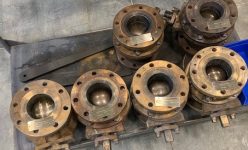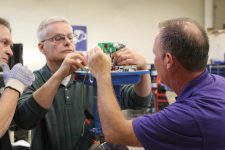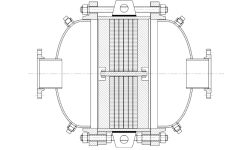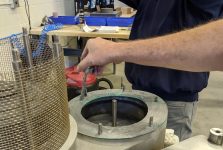Valve Actuator Repair
Cross Company Valve Actuator Repair
Valve actuators are a critical component in many industrial, municipal, and even commercial processes. They are necessary for effective process automation, ensuring that valves open and close with the precision necessary to meet production goals and keep processes running.
However, like any mechanical component, they can experience malfunctions and many require scheduled repair or maintenance. That’s why reliable actuator repair services are necessary for process facilities utilizing actuators for valves.
Cross Company’s Process Solutions Group is able to offer comprehensive valve actuator repair services to ensure that your equipment is in optimal working condition (and that it stays that way). Contact one of our experts today to schedule valve actuator repair services for your process equipment.
The Importance of Operational Valve Actuators
Valve actuators are responsible for the controlled movement of valves, regulating the flow of fluids or gases within a system. They come in various types, including manual, pneumatic, hydraulic, and electric (motor-operated). Actuators are essential components that ensure processes run smoothly and efficiently.
If a valve actuator is malfunctioning, that can be a major problem for your process, personnel, and equipment. Not only is a blocked valve a safety hazard (that can even cause catastrophic failure under sufficient pressure build-up), it can also cause significant damage to surrounding equipment or instrumentation. This can lead to unexpected downtime due to unplanned maintenance. At Cross, that’s something we want to help you avoid.
When your process valve actuators are working properly, they actively work to optimize your production process, ensuring smooth operation. They can precisely regulate media flow and ensure that your process is optimized, trackable, and consistent.
Protect your personnel
Ensure equipment protection
Optimize your process
Avoid potential safety hazards
Create predictable processes
Actuator Diagnostics and Repair Services
Valve actuators are precision instruments. But over time, they can encounter a variety of issues that impact their performance. These can include clogged parts, faulty seals, broken springs, blown fuses, and other malfunctions. If you’re facing an actuator problem, it’s necessary to accurately diagnose the issue to avoid unnecessary expenses or replacements.
At Cross, we employ a systematic approach to valve actuator repair for process applications. Our experienced technicians perform a thorough inspection to pinpoint the root cause of the malfunction. A simple diagnostic procedure may include
Inspection and Component Removal – Our technicians remove and inspect all components of the actuator, meticulously assessing their condition.
Replacement of Worn Parts – Worn or damaged parts are replaced with high-quality components to ensure the actuator’s reliability and longevity.
Reassembly with New Seal Kit – The actuator is reassembled using a new seal kit, which is essential for maintaining a proper seal and preventing leaks.
Testing and Quality Assurance – Thorough testing is conducted to ensure that the actuator operates correctly, meeting the required performance standards.
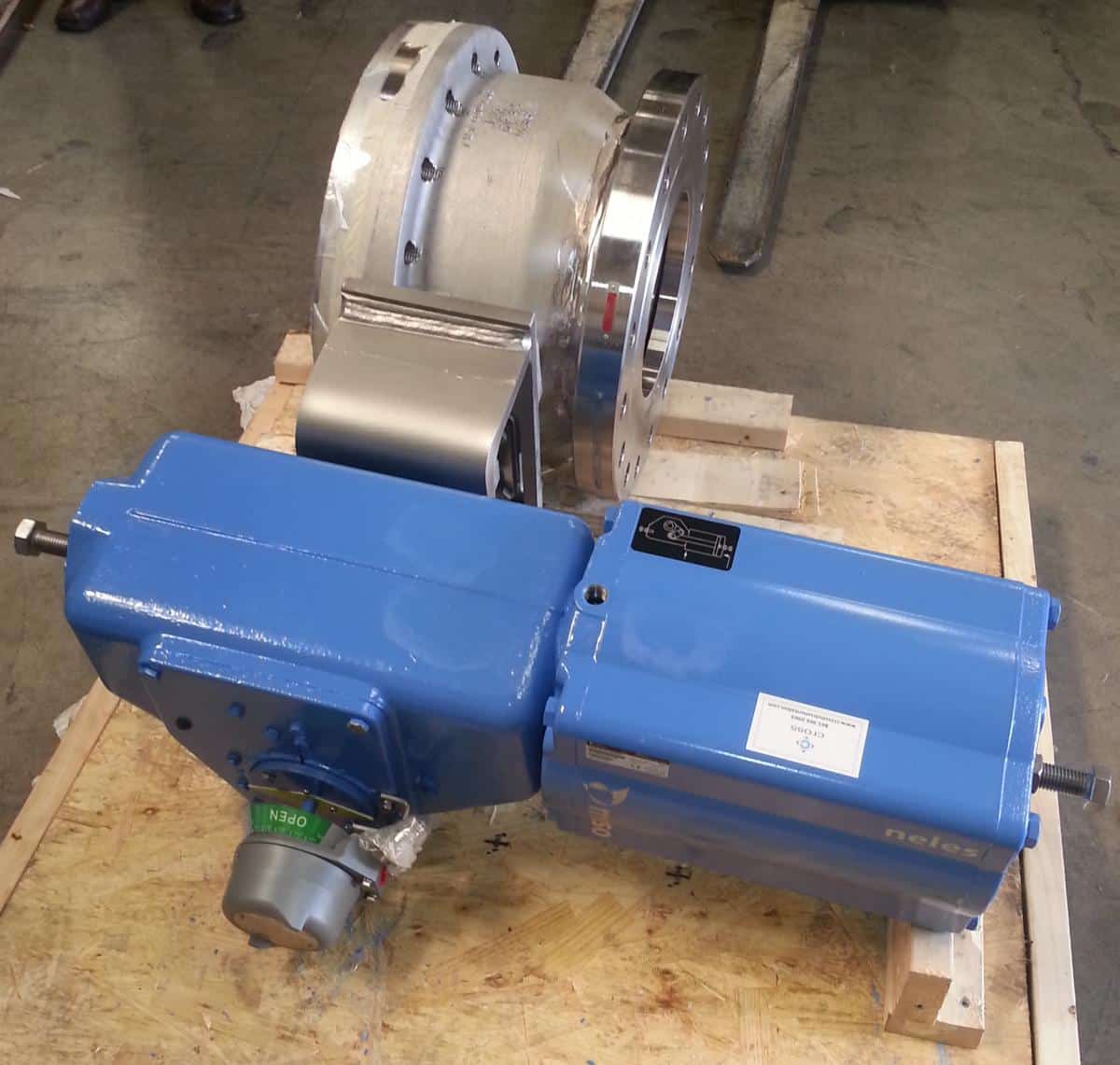

Troubleshooting Actuator Issues
Actuators typically have four major components that can experience breakdowns:
1. Center Column Drive – This is responsible for opening and closing the valve by acting on the valve stem. While it is possible for this drive to break, it is extremely rare and most likely not the cause of problems.
2. Connection to the Valve (Drive Nut) – Far more commonly, the drive nut can fail. If the drive nut is worn-out, it may not be able to move the valve stem correctly, causing problems with actuation.
3. Contactor – The motor contactor is an electrical component that signals the actuator to open or close when it receives an input signal. If this malfunctions, it can lead to actuator failure.
4. Motor – In electric actuators, the motor provides the torque necessary to operate the valve. If this fails, the valve won’t move.
Why Cross Valve Actuator Repair?
Have you been putting off having those old valves looked at for fear an inspection will lead to a shut down? Or anticipating downtime due to spotty low pressure relief valve performance?
It doesn’t have to be that way. In many cases, underperforming process equipment can be repaired. Which removes the need for costly, plant-wide shutdowns and extended downtime that a full replacement may necessitate.
If your process equipment is in need of a tune up, Cross Company is your answer. From preventive maintenance to repairing a malfunctioning part, we can get your process up and running at the efficiency it needs.
Don’t wait and let a repair become a replacement. Contact the experts at Cross Process Solutions today.

Related Process Repair Services
At Cross, we offer much more than just single services for process applications. We can also provide the solutions our process manufacturing partners need to succeed. Check out our other process solutions equipment and see for yourself.

